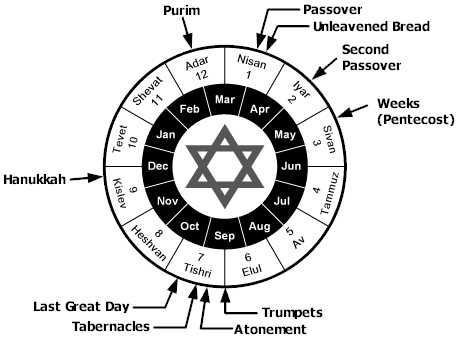
Muslim Calendar
The Muslim calendar (also called the Islamic calendar, or Hijrah) is a dating system used in the Muslim world that is based on a year of 12 months. Each month begins with the sighting of the crescent of the new moon as it emerges from eclipse. The months of the Muslim calendar are Muharram, Safar, Rabi I, Rabi II, Jumada I, Jumada II, Rajab, ShaAban, Ramadan, Shawwal, Dhu al-QaAdah, and Dhu al- Hijjah.
In the standard Muslim calendar the months are alternately 30 and 29 days long except for the 12th month, Dhu al-Hijjah, the length of which is varied in a 30-year cycle intended to keep the calendar in step with the true phases of the Moon. In 11 years of this cycle, Dhu al-Hijjah has 30 days, and in the other 19 years it has 29. Thus the year has either 354 or 355 days. No months are intercalated, so that the named months do not remain in the same seasons but retrogress through the entire solar, or seasonal, year (of about 365.25 days) every 32.5 solar years.
There are some exceptions to this calendar in the Muslim world. Turkey uses the Gregorian calendar, while the Iranian Muslim calendar is based on a solar year. The Iranian calendar still begins from the same dating point as other Muslim calendars—that is, some 10 years prior to the death of Muhammad in AD 632. Thus, the Gregorian year AD 2010 corresponds to the Hijrah years of AH 1431–32.



























